-
Tracking cycle
-
Getting pregnant
-
Pregnancy
-
Help Center
-
Flo for Partners
-
Anonymous Mode
-
Flo app reviews
-
Flo Premium New
-
Secret Chats New
-
Symptom Checker New
-
Your cycle
-
Health 360°
-
Getting pregnant
-
Pregnancy
-
Being a mom
-
LGBTQ+
-
Quizzes
-
Ovulation calculator
-
hCG calculator
-
Pregnancy test calculator
-
Menstrual cycle calculator
-
Period calculator
-
Implantation calculator
-
Pregnancy weeks to months calculator
-
Pregnancy due date calculator
-
IVF and FET due date calculator
-
Due date calculator by ultrasound
-
Medical Affairs
-
Science & Research
-
Pass It On Project New
-
Privacy Portal
-
Press Center
-
Flo Accuracy
-
Careers
-
Contact Us
How to Bottle Feed a Baby: Step-By-Step Bottle Feeding Guide


Every piece of content at Flo Health adheres to the highest editorial standards for language, style, and medical accuracy. To learn what we do to deliver the best health and lifestyle insights to you, check out our content review principles.
How much do bottle-fed babies drink?
If you're bottle feeding your baby, you can use stored breast milk, formula, or a combination of the two. As a general rule, babies need approximately 2.5 ounces of formula per day for every pound they weigh.
When your baby is a newborn, their stomach is very small. They need frequent feedings with small amounts of milk. A newborn can drink 1–2 oz of milk every 2 to 3 hours. As your baby grows, they'll need more milk but will eat less frequently.
Once your baby starts eating solid foods, they'll need about 600 ml of milk or formula per day. When your baby is between 6 and 12 months old, they'll need milk or solid foods 5 or 6 times a day. Your baby should drink formula or breast milk until they're at least 1 year old. After their first birthday, they can start drinking cow's milk.
Hungry babies often start rooting. This is when they open their mouths and search for your breast or bottle nipple. They might also bring their hands to their mouth and suck on them or other objects. Learning to spot these hunger signs can make it easier to keep your baby happy and well fed.
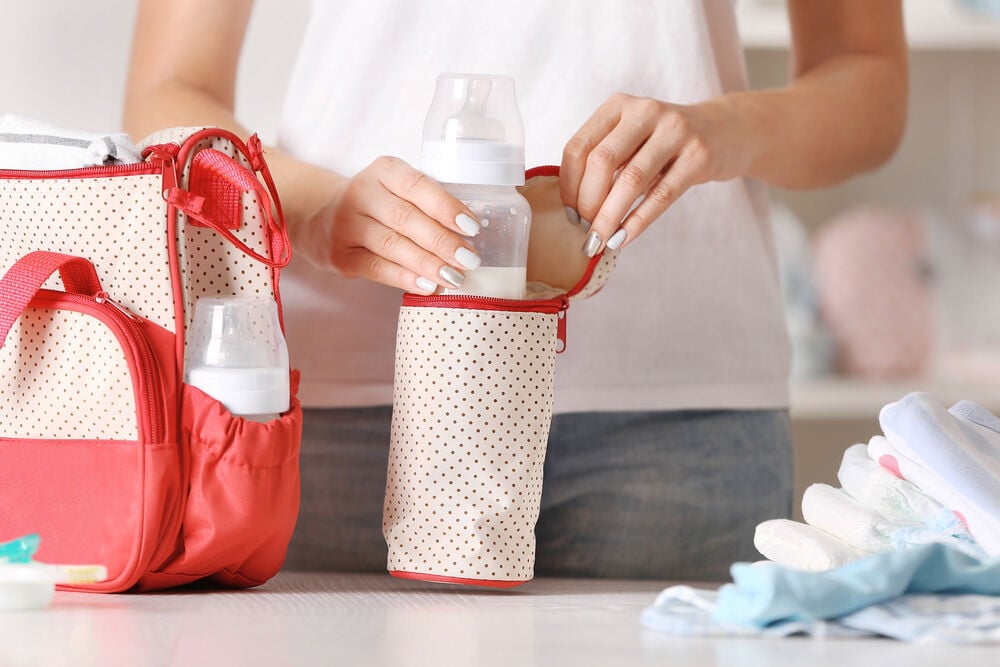
Here's a guide to follow to bottle feed your baby:
- If your baby is drinking formula, make sure you choose an appropriate option for them. There are many types of formula available. Some are categorized according to age, while others are ideal for babies with food allergies or intolerances, such as formula for babies with lactose intolerance.
- Check the expiration date on the formula.
- Sterilize the baby bottles and nipples. Wash all the parts of your baby's bottles with warm soapy water, and then use a sterilizer to kill any germs that could make your baby ill.
- If you're using powdered formula or formula concentrate, boil water. After you've boiled the water, don't let it cool for longer than 30 minutes. Then, pour the right amount into the bottle.
- Add the right amount of formula to the water according to the manufacturer's instructions.
- Put the nipple on the bottle and shake it until the formula is well mixed.
- Test the temperature. Pour a tiny bit of the formula on your wrist to make sure it's warm but not too hot. If you're using stored breast milk or ready-made formula, you can warm it up inside a bowl of warm water or use an electric bottle warmer.
- Find a comfortable position to feed your baby. Cradle your baby with their head in the crook of your arm, and lift their head so that they're in a semi-upright position. You can also sit them up in your lap, which works well for babies who suffer from reflux. Feeding your baby while they're lying down can cause formula to flow into their middle ear, resulting in infection.
- Feed your baby until they're full. Your baby will let you know when they've had enough. Don't worry if they don't want to drink the whole bottle, unless it happens often and they're eating less than they should.
- Burp your baby. After your baby is done eating, gently pat or rub their back for a bit to prevent gas later.
- Throw away unused formula. Formula isn't sterile, and bacteria can grow in it. Throw away unused refrigerated formula within 12 hours of preparing it. If you left the formula out at room temperature, discard it 2 hours after preparation. Throw out any leftover formula from the bottle that your baby was drinking from.
Take a quiz
Find out what you can do with our Health Assistant
Formula feeding basics
The following tips might help you to prepare yourself and your baby for bottle feeding.
1. Test the flow
Younger babies need a slower-flowing nipple, and they'll need a faster flow as they grow. If you notice that your baby takes too long to finish a bottle or loses interest while feeding, switch to a nipple with a faster flow.
2. Give your child a bottle
Offer your baby a bottle once you notice the first signs of hunger. Don't leave your baby unattended with their bottle, even as they grow older and can hold it on their own.
3. Control the amount of milk or formula
Don't worry if your baby doesn't drink the same amount of milk during each feeding. This is perfectly normal. Don't force them to finish a bottle if they're full, and offer more milk if they're still showing signs of hunger.
4. Try to mimic a breastfed rhythm
Each baby feeds at a unique rhythm, and you'll get used to your baby's pace with time. Paced bottle feeding is a simple technique that allows you to mimic the rhythm of breastfeeding.
What's paced bottle feeding?
Pace feeding is bottle feeding your baby following their cues. When they pull away from the nipple, take a break from the feeding or burp them. Then, re-offer the bottle if they're still rooting for milk. Repeat this until they're full.
Paced bottle feeding helps babies regulate their own hunger and provides time for digestion.
Bottle feeding benefits
Even though breastfeeding has many benefits, the most important thing is for your baby to be healthy, well fed, and hydrated. If you choose to or need to stop breastfeeding, need to supplement your breast milk supply, or if your milk hasn't come in, formula can fulfill your baby's nutritional requirements. Here are some of the benefits of bottle feeding your baby:
- Other people can help you feed and bond with the baby.
- It's easier to keep the baby on a regular feeding schedule.
- Babies who are bottle-fed tend to go longer between feedings.
- You don't have to worry about breastfeeding while you're taking medications or get sick.
- It's easier for parents with a busy schedule.
- You'll know exactly how much milk your baby is drinking.
- You won't have to alter your diet.
Bottle feeding your baby might not have been your first choice, but it's a perfectly normal and healthy way to care for them. At the end of the day, knowing that your baby is getting all the nutrients they need to grow big and strong is the most important thing. We hope these tips have answered your questions and will make bottle feeding easier than ever.

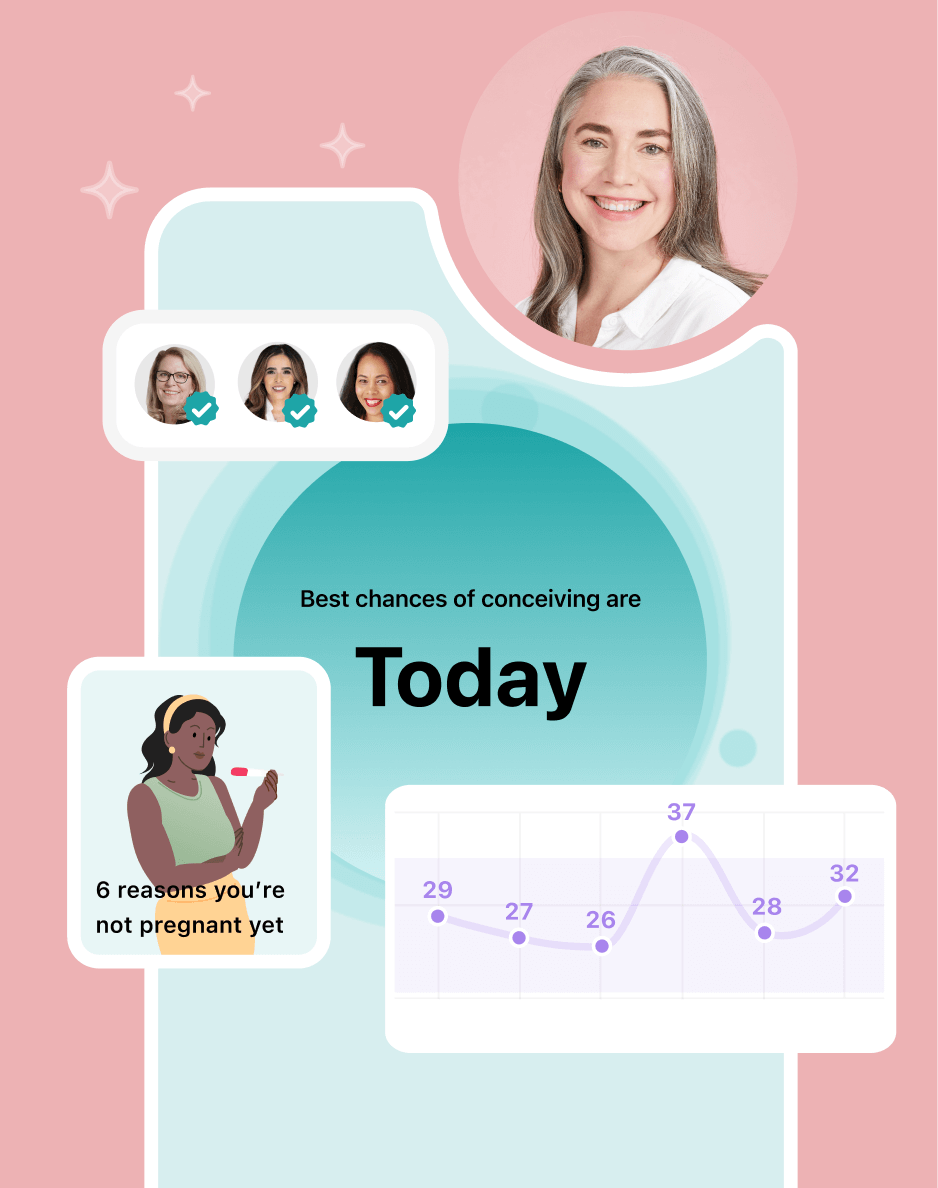
Hey, I'm Anique
I started using Flo app to track my period and ovulation because we wanted to have a baby.
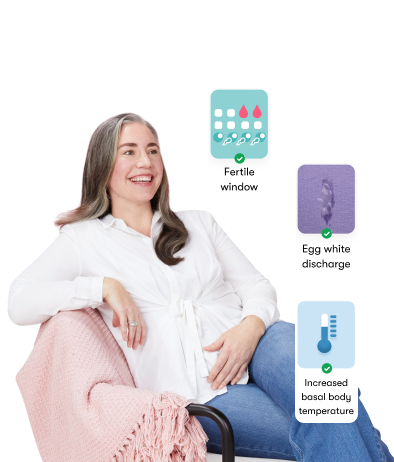
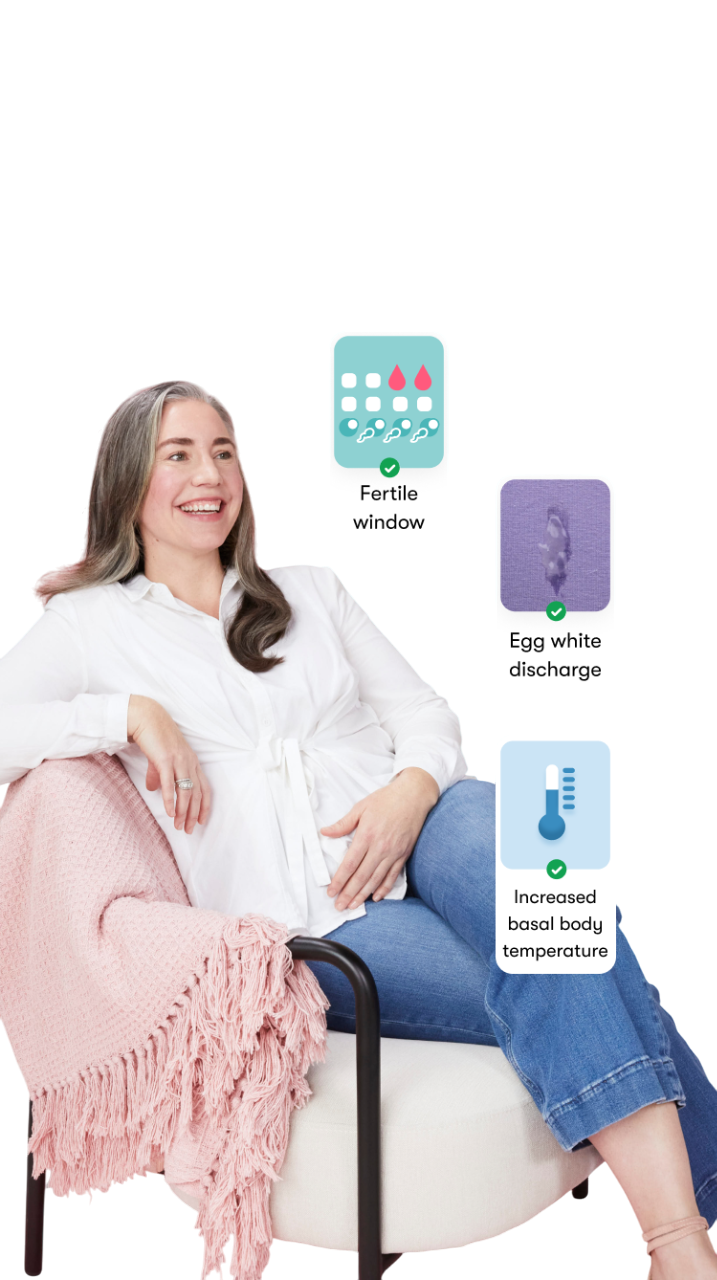
The Flo app helped me learn about my body and spot ovulation signs during our conception journey.
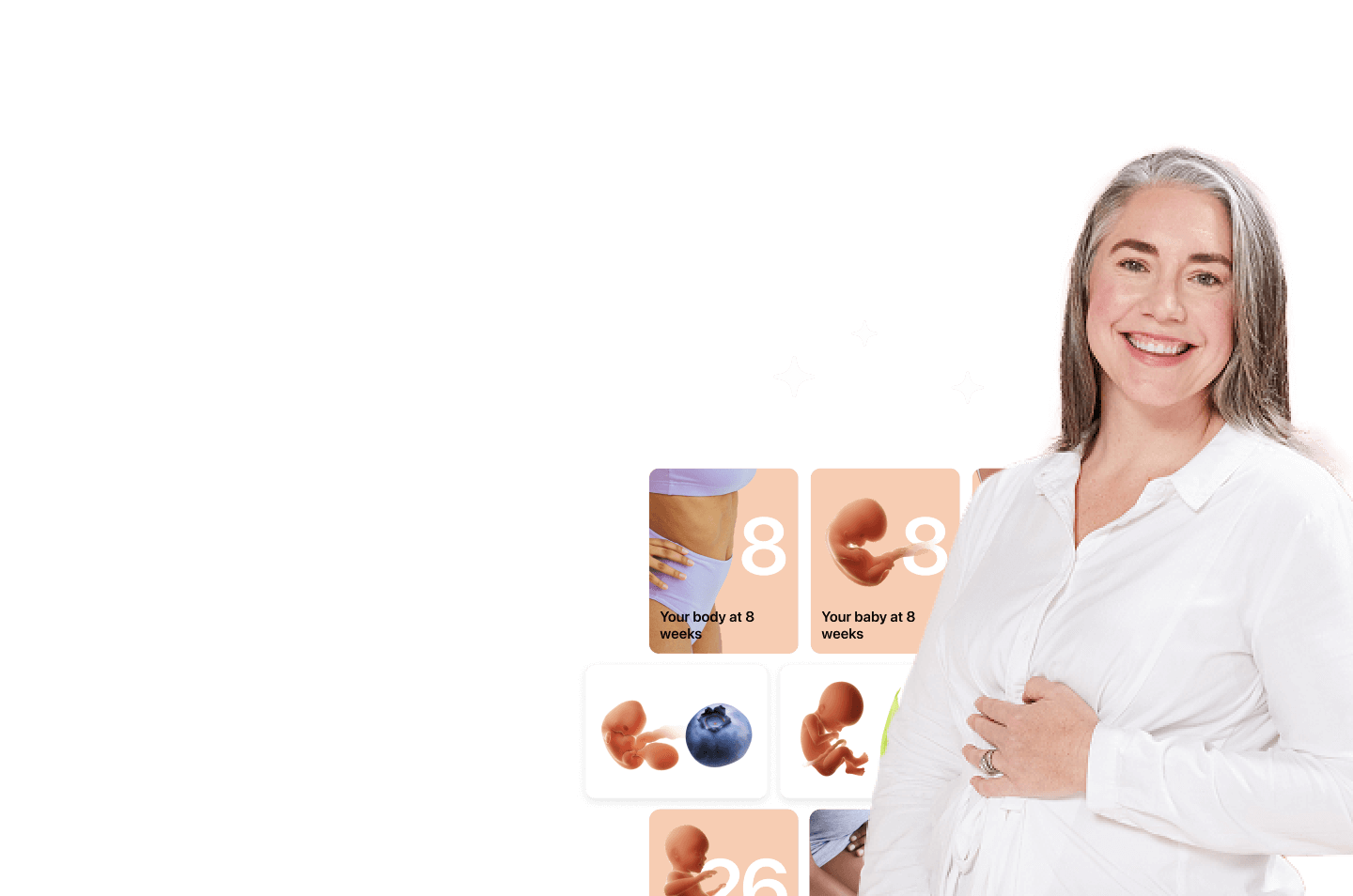
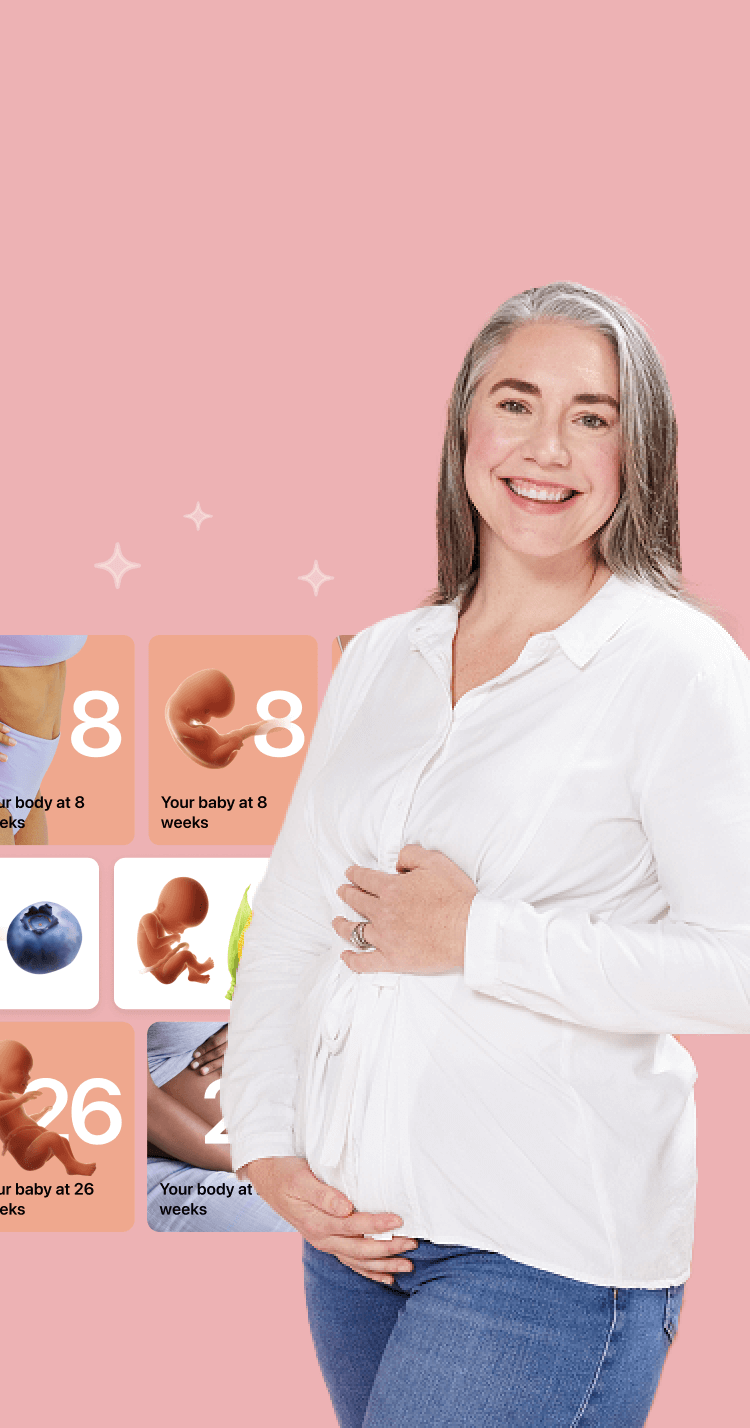
I vividly
remember the day
that we switched
Flo into
Pregnancy Mode — it was
such a special
moment.
Real stories, real results
Learn how the Flo app became an amazing cheerleader for us on our conception journey.




